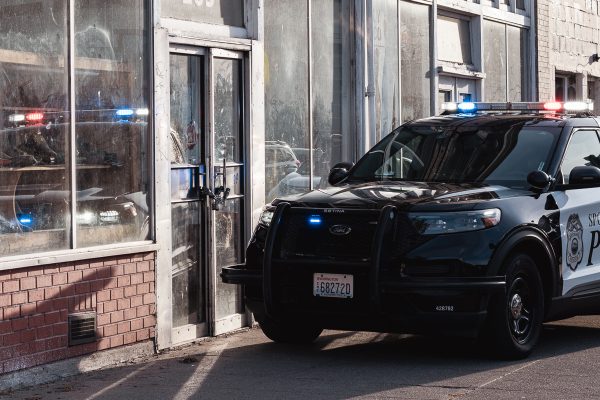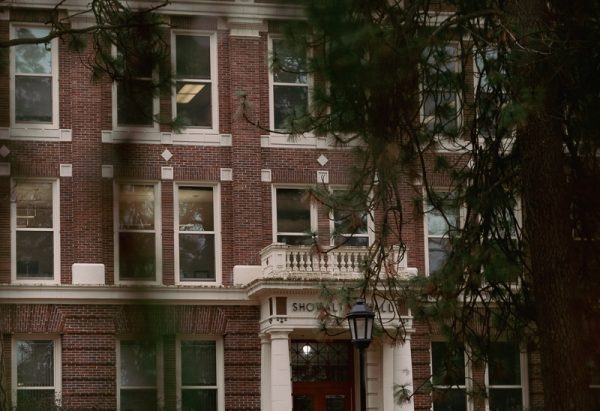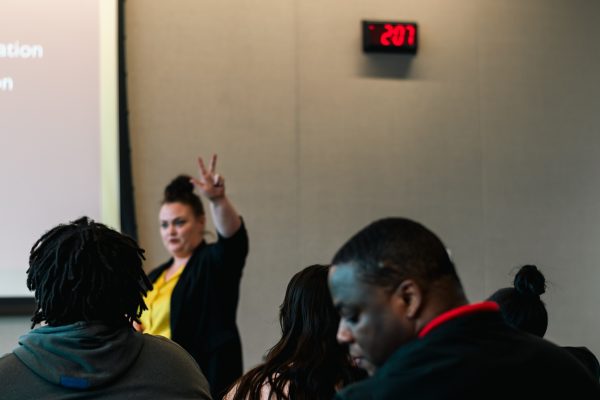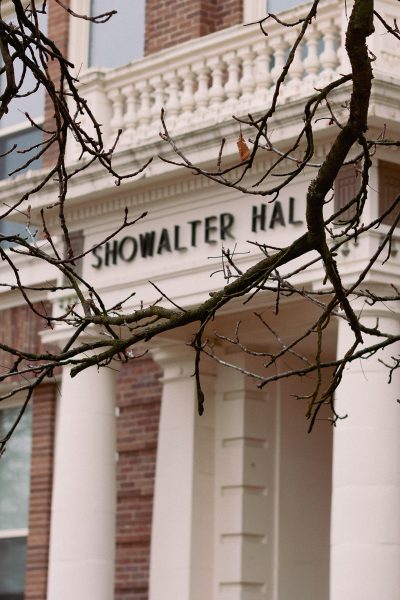How to prepare for an active shooter on campus
October 18, 2017
In light of the recent gun violence in Las Vegas, many are voicing opinions of one of gun advocates’ favorite go-to scenarios – “the good guy with a gun.”
Regardless of one’s personal convictions on the topic, Washington state is an open-carry state. It’s not uncommon to encounter legally armed civilians around town, and those licensed carry responsibilities as well as their firearm.
Officer House of the Spokane Police Department encourages anyone who wants to carry a firearm to be thoroughly educated on how to use a gun for self-defense in an active shooter scenario. Dealing with an active shooter is a complex situation, Officer House explained, and it’s difficult to give armed civilians a set of rules that apply to every scenario. The important thing is to get law enforcement on the scene as quickly as possible.
“Once the police arrive, you have to listen closely to their orders and respond immediately,” House said.
House knows that having more than one person with a gun in a violent situation can make the scene more chaotic.
“When law enforcement arrives, they will not know the difference between the gunman and the armed person trying to protect themselves,” said House. “It’s important to know what you’re doing.”
House says that the best practices for a civilian carrying a firearm during an active shooter situation is to identify yourself to the police early and holster your weapon as soon as you safely can.
IF YOU SEE SOMETHING…
Even in an open-carry state, there are places no one is allowed to carry a firearm. Schools are always off-limits, and most universities have rules restricting weapons on campus. EWU police officer Greg Karlis explained that students should not have guns on site.
“No one should be carrying a gun on campus,” said Karlis. “People at EWU can be hesitant to call 911 because they aren’t sure something is wrong. If you see a gun, you’re sure.”
Karlis says that although it’s not fun, it’s important for students to imagine an active shooter on campus because it’s impossible to be prepared for a situation you have never thought about.
“When you hear an alarming noise, take action immediately and know ahead of time what action to take,” Karlis said.
There are three important steps to staying safe during an active shooter scenario. First, targets should run and get away.
“Get as far away as fast as you can, and immediately call 911,” Karlis said.
If targets are unable to run, Karlis says barricading in a safe place and remaining quiet is the next option.
“Be smart about using the space,” said Karlis. “Ask yourself what you can use to make the area secure and keep yourself hidden.”
The very last resort for targets is to fight. If running and hiding are not possible, the key, Karlis says, is to even the odds.
“The more the merrier,” said Karlis. “Work with others nearby to take advantage of any opportunity to disable the gunman. Even the most experienced shooter needs to reload. Use the moment.”
The officers at the Red Barn teach self-defense classes for unarmed assailants and offer pepper spray classes.
“Pepper spray is a good self-defense tool,” said Karlis, who encourages students to buy and carry a canister with them. “But it is important to know how to properly use it. We can teach you how.”
…SAY SOMETHING
Most importantly, if you see something, say something. “It’s our job to investigate,” said Karlis. “If you see anything that gives you an instinctual feeling that something is wrong, call us. Listen to your gut.”
Students with questions about violence preparedness can call the Red Barn for more information.
University Police also offers walk-throughs for student dorms, to help students visualize a plan for the unlikely event of an active shooter on campus.





![Simmons said the biggest reasons for her success this year were “God, hard work, and trusting [her] coach and what she has planned.”](https://theeasterner.org/wp-content/uploads/2024/05/image1-1-1200x800.jpg)










